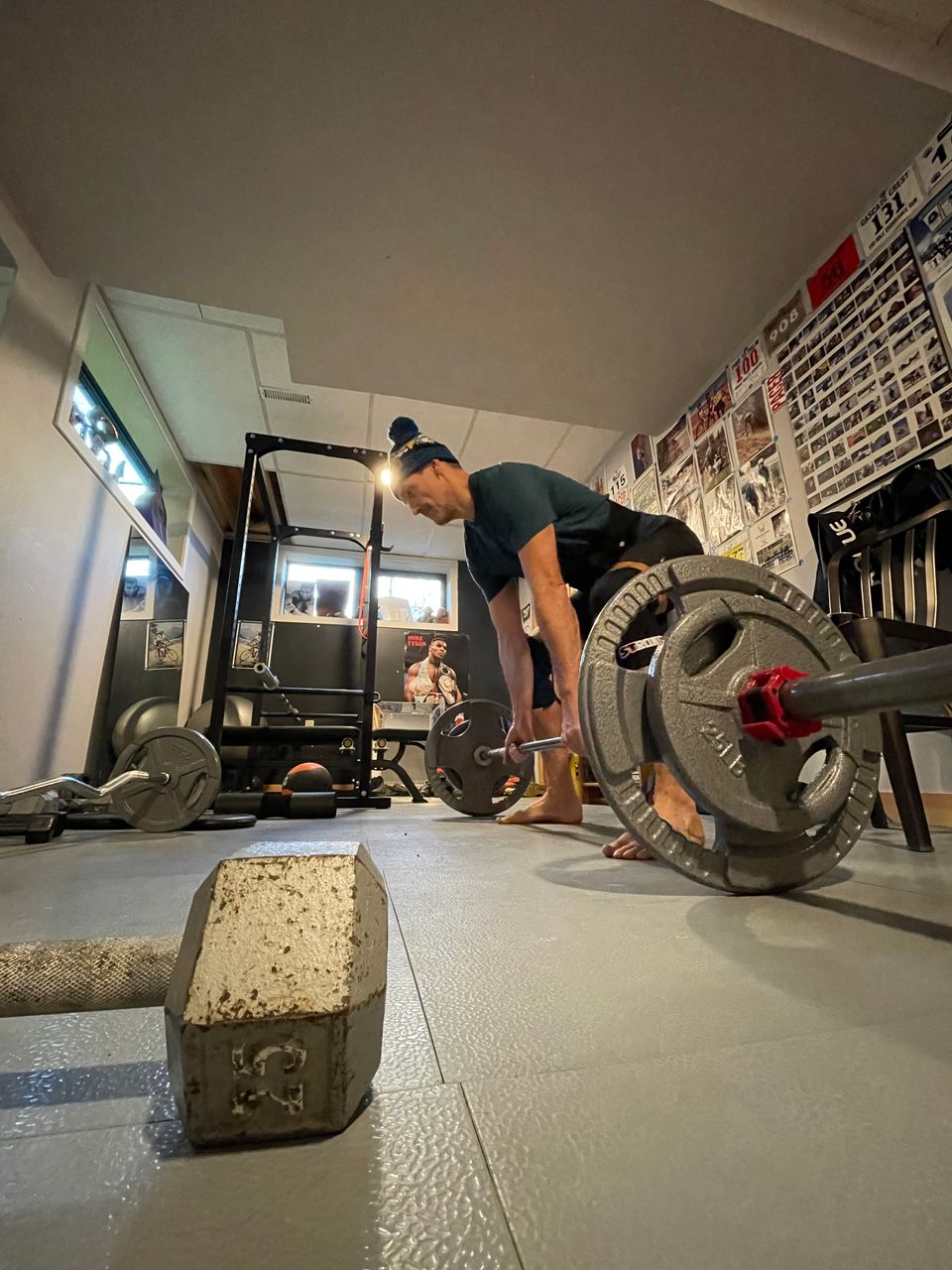The Strength-Endurance Continuum

If I’m a runner - how many reps should I be doing in my strength sessions?
Great question. I often hear the old 10 - 15 rep range, but as a runner, is this really the best ‘bang for the buck’? The genesis of the 10 to 15 repetitions and two to three set exercise prescription is known as the strength-endurance continuum. This continuum states that strength and endurance are inversely related. In regard to resistance training, a focus on building strength is typically associated with high loads and low repetitions whereas a focus on muscular endurance is typically associated with low loads and high repetitions. A repetition range of 10−15 repetitions seeks to capitalize on the benefits of both strength and endurance, as the repetition range falls somewhere on the spectrum between what is typically considered primarily strength and primarily endurance. Is this the best approach though?
In a 2002 study by Campos et al. 32 untrained men participated in an eight-week resistance training study to establish the validity of the strength- endurance continuum. The subjects were divided into four groups: High Repetitions (20-28 reps), Intermediate Repetitions (9-11 reps), Low Repetitions (3-5 reps), and the control group (no exercise).
Subjects were assessed pre/post in the areas of strength (1-RM), muscle endurance (max reps performed at 60% of 1-RM), and cardiovascular (VO2 max, time to exhaustion, pulmonary ventilation, maximum aerobic power).
Not surprisingly, the low-rep group saw the biggest strength gains and the high-rep group realized the highest gains in muscle endurance. Interestingly, the low- and intermediate-rep groups did not realize any gain in the latter two areas.
In respect to improving running economy, heavy/low rep and explosive type exercises seem to be the most beneficial.
Given the rep ranges assigned to the different groups in the study, it could be theorized that the 10- to 15-rep range so commonly assigned to athletes falls in between true strength and endurance benefits and thus the benefits are minimized because of a lack of specificity. Further research is needed to determine if this hypothesis is correct.
However, for athletes new to strength training, the repetition range should be mid-range with a relatively low weight. Increases in weight and/or repetitions should only come into play once an athlete’s muscles and connective tissue adapt to the strength training.
Right now I’m getting back into some regular strength range, and I’m working in that mid range mostly, but once comfortable, the weight will be going up! #lightweightbaby
(Adapted from UESCA ultra running module)






Member discussion